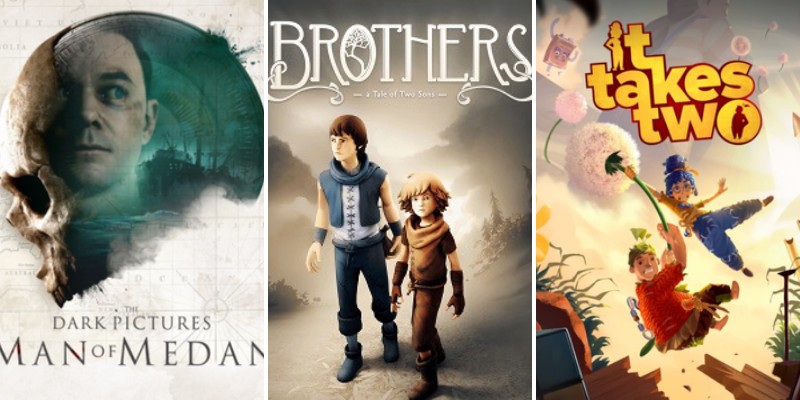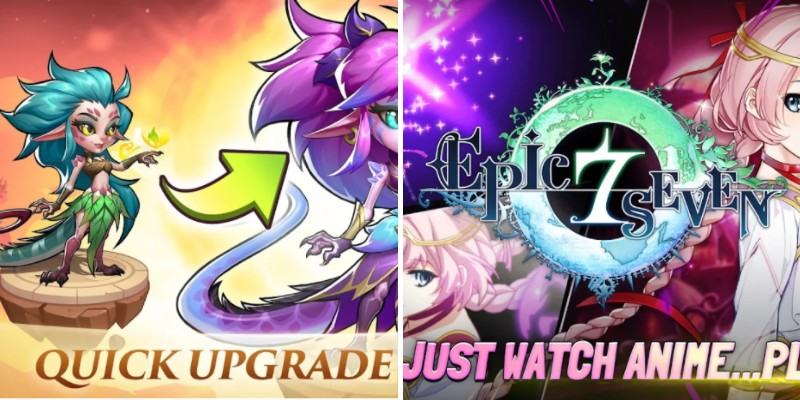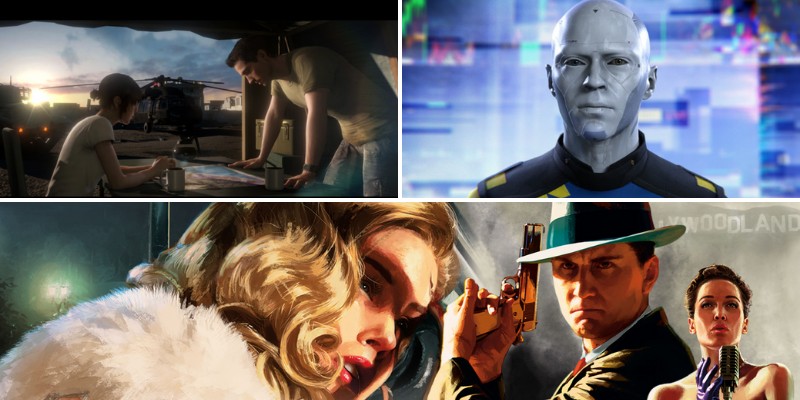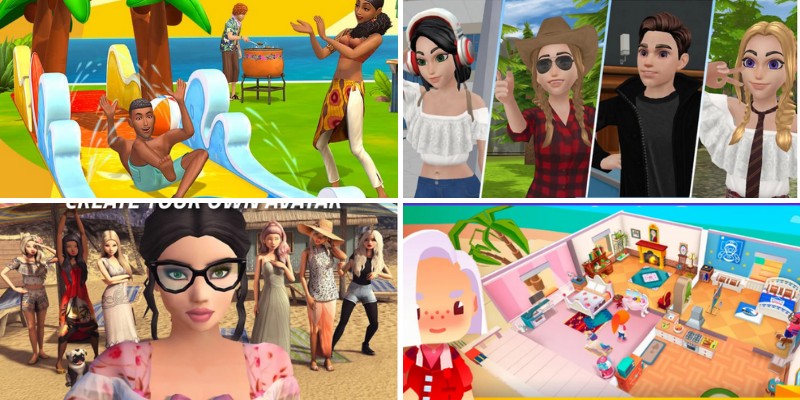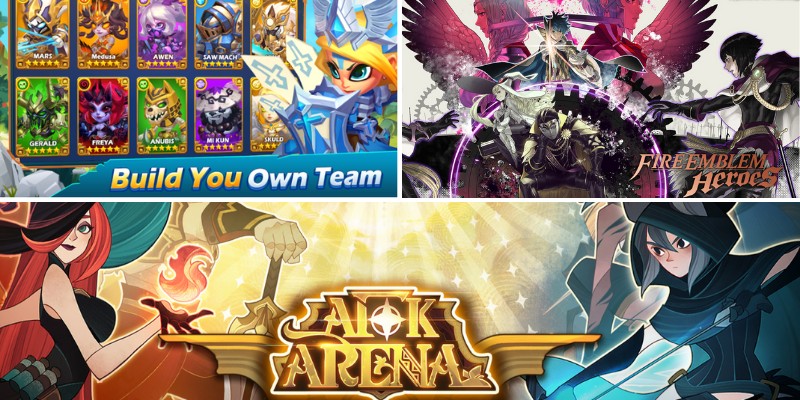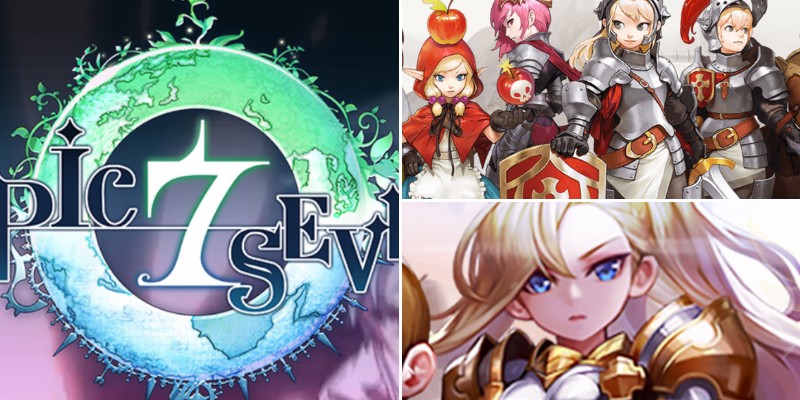Raft is an open-world survival game that instantly caught people’s attention when it was released back in 2018.
There were a wide variety of open-world games on the market at the time. But Raft offered players something that they’d never seen before. It’s not just an open-world game, it’s an open-ocean game.
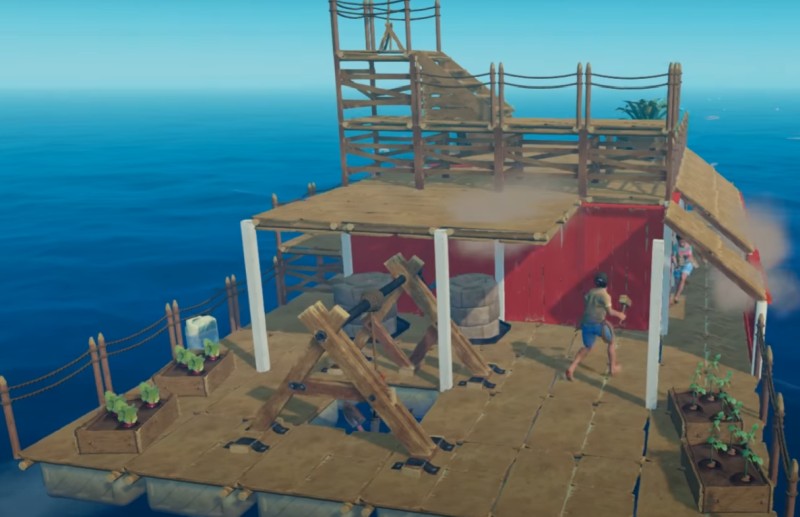
Raft gives players access to a truly vast environment. But it’s accessed by slowly moving through the ocean on a fully customizable raft.
Players find materials to build with and clues to what’s happening in the world as they make their way through the watery environments.
New materials provide opportunities to craft additions to the raft. And the occasional newspapers, islands, wrecks, or empty cities drop clues about the overarching plot.
Raft was first released as an early access project. And it’s been in active development ever since that initial release.
New updates are still being released and it’s clear that players will have new content to enjoy for quite some time. But there’s usually a considerable wait between major updates.
Thankfully there are some great games out there that can tide players over between Raft updates. It’s true that Raft provides a unique experience. But the following ten games excel in many of the same areas as Raft.
Here are 10 games like Raft that are similar in many aspects, so let’s discuss them below:
1) The Forest
The Forest is also an open-world survival game with an atmospheric natural setting. But as the name suggests, you’ll experience an open forest instead of the open waters of Raft.
But many of the same survival challenges pop up in both games. You’ll need to carefully construct and protect a base within the woods. In The Forest, this base is a cabin instead of a raft.
And The Forest’s primary danger is cannibals rather than the sharks found in Raft. But both games can provide feelings of isolation within a harsh but beautiful natural environment.
2) Green Hell
Green Hell puts players in the role of an anthropologist lost in an Amazonian rainforest. The massive swaths of vegetation and open skies often evoke a similar feeling to Raft. Likewise, the player needs to navigate with a distinct lack of natural landmarks.
One of the main differences between the two games comes down to how they handle their storytelling.
Raft primarily uses passive storytelling to immerse players in its narrative. All you know at the beginning of Raft is that you’re, well, on a raft.
But Green Hell sets you off with a distinct purpose. You need to find your wife and recover your lost memories.
The actual means by which you’ll accomplish your character’s goals aren’t always clear. But you do have an immediate mission ahead of you.
Accomplishing that goal will require a similar level of crafting ingenuity as in Raft. However, the overall difficulty of Green Hell takes things to a new level.
Green Hell is a considerably more challenging survival experience. Whether this is a good or bad thing will largely come down to how much you enjoy a challenge.
3) Grounded
Grounded is an open-world survival game that takes place in an area that’s essentially the size of a suburban backyard. This might not sound very impressive.
But the twist comes from the fact that your character has been shrunk down to the size of an ant. Your reduced size turns what should be a small and extremely safe environment into a vast landscape filled with danger and opportunities for adventure.
Grounded is far more focused on dangerous animals, or in this case insets, than Raft. In Raft you mainly just need to watch out for sharks.
But Grounded puts you up against a wide variety of insects and spiders. Survival depends on crafting structures and items in a landscape that’s both familiar and strange at the same time.
Grounded brings another nice twist to the concept by introducing co-op. Players don’t need to face the terrors of the backyard alone. They can bring friends along to fight alongside them.
4) Valheim
Most survival games put you in the shoes of someone who’s essentially at the mercy of everything around him. Valheim takes a different approach by casting players into the role of Odin’s chosen warrior. You’re put up against many of the same challenges as faced in Raft and other similar games. You’ll need to craft shelter, clothing, and tools to progress within Valheim’s immense world.
But one of Valheim’s main differences from Raft is that it expects you to do a lot of fighting. You’re Odin’s chosen for good reason. The player is tasked with the job of defeating many ancient and powerful monsters. Along the way, you’ll also need to take care of less powerful, but still dangerous, creatures.
Another key difference between Valheim and Raft is the overall environment. Both games have sprawling worlds with procedurally generated content. But Valheim has many different biomes full of lush scenery and wildlife. This makes it an ideal alternative for people who want to get a more varied taste of life in a digital world.
5) No Man’s Sky
No Man’s Sky has an amazing premise. What if an open-world game were expanded across an entire galaxy? Instead of a raft and the ocean, No Man’s Sky gives players a spaceship and the starry sky to sail within.
The game was initially launched in 2016 to overwhelmingly negative reviews. But years’ worth of updates and improvements have changed most people’s opinions. These updates have built on the initial framework and the game finally lives up to its initial promise.
With that said, No Man’s Sky is a very different experience than most open-world games. The genre typically relies on a mix of procedurally generated content and carefully crafted set pieces that sit within it.
No Man’s Sky leans far more into the procedurally generated aspects than Raft or most other similar games. This leads to a neverending variety of different planets to explore.
But the experience can feel hollow to some players after a while. Moreover, No Man’s Sky boasts one very important point. It’s a unique game that provides a unique twist on open-world survival games. And it’s this creativity that appeals to players who enjoyed Raft.
6) Dont Starve Together
At first glance, Don’t Starve Together doesn’t seem to have much in common with Raft. Raft is a 3D open-world survival game.
Meanwhile, Don’t Starve Together presents players with a 2D world and art style that merges JRPGs and gothic designs.
But it’s important not to judge a book by its cover. Likewise, players should never judge a game by the graphical elements.
Don’t Starve Together might look simple. But it’s a refreshingly complex game full of ample opportunities to test your mettle against an unfamiliar wilderness.
Don’t Starve Together presents players with a lot of the same crafting and survival scenarios seen in Raft.
The graphical style might seem like the biggest divergence. But in reality, it’s the multiplayer mode that drastically changes how people relate to survival in Don’t Starve Together.
Up to four players can work together or against each other within the game’s wilderness. This leads to a level of emergent gameplay that drastically separates it from the original Don’t Starve.
7) Subnautica
Subnautica has some very obvious similarities with Raft. The two game’s watery settings are the most obvious shared trait. Most of Raft is spent sailing within a huge ocean. And most of Subnautica is spent exploring under an ocean’s surface.
Players are put into the role of a stranded spacefarer who’s stuck on a water-covered world. The initial struggle simply comes from trying to stay alive within this strange setting. The alien ocean is home to a wide variety of sea life. And the player’s technological options to hunt or fight are extremely limited.
Subnautica players will need to piece together the recent events on the planet while also crafting supplies and staying safe from enemies.
It’s clear why Raft players would appreciate these aspects of Subnautica. But it’s the lure of open waters that links the two games together so strongly.
8) Stranded Deep
Stranded Deep begins with the player’s plane crashing into open water. This leads to a small amount of time on a lifeboat. But don’t assume things are going to go along the same route as Raft.
The time spent on the open ocean is short-lived as there’s an island nearby your sinking plane. The bulk of the game is spent trying to survive in this beautiful, but dangerous, environment.
The beauty of the island environment is one of the game’s biggest draws. And like Raft, crafting is often enjoyable in large part because it’s done in the midst of such a beautiful setting.
Crafting constitutes the majority of Stranded Deep’s gameplay. The first objectives center around ensuring a proper flow of food and water.
Eventually, the player will move up to more difficult tasks. The game even adds some seldom seen elements to the survival planning.
For example, trying to live entirely on coconuts will eventually cause sickness and dehydration. You’ll need to put similar care into your diet as you would in the real world.
9) Scrap Mechanic
It’s little surprise that Scrap Mechanic has some similarities with Raft. After all, both games are from the same developer. Likewise, both games provide players with a colorful open-world environment to explore.
The game has three separate modes. These are Survival, Challenge, and Creative. All three modes put you on a strange planet where you need to deal with malfunctioning Farmbots by leveraging every tool you can find or build.
Creative mode focuses on the game’s building and crafting system. It provides players with over 400 parts to build vehicles, houses, or a multitude of other options.
Challenge mode sets players up against 40 challenges with set objectives. And finally, the Survival mode is most similar to Raft. Survival mode puts players within Scrap Mechanic’s full open-world environment to explore, build and survive.
10) 7 Days to Die
7 Days to Die is an open-world survival game with a very different take on the concept. Most open-world survival games pit the player against nature. And that is an aspect of 7 Days to Die. But this game also features the continual threat of zombie attacks.
Players will need to consider most of the common threats found in survival games. For example, food and water are always a concern. It’s also important to consider fortifications and defenses against the zombies.
7 Days to Die is an interesting mix of survival, exploration, crafting, and the occasional frantic action sequence. The game does offer some of the moments of calm exploration found in Raft. But it adds something unique with the zombie threat.
